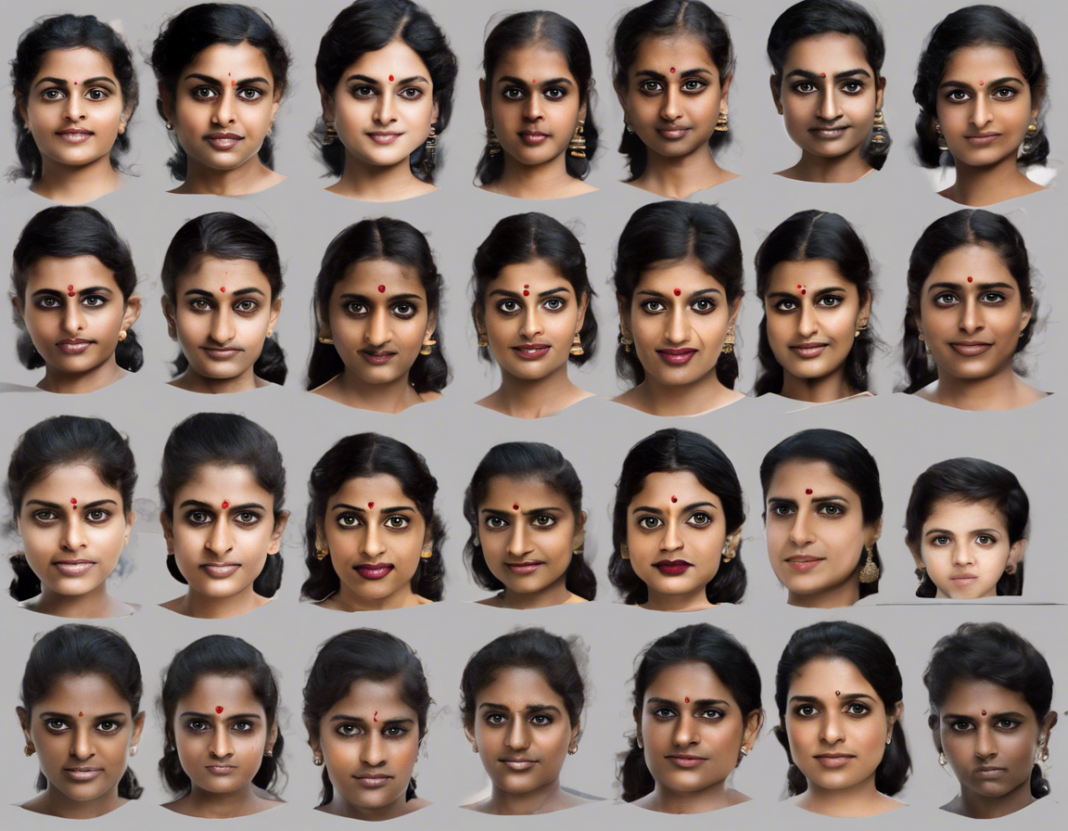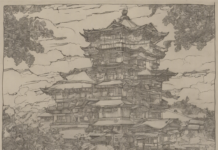Artificial intelligence (AI) has revolutionized numerous industries, including the field of image generation. One particularly fascinating application of AI technology is the creation of lifelike human faces that do not actually exist in reality. These AI-generated faces have numerous potential uses, from digital artwork to stock photography. In recent years, there has been a growing interest in AI-generated faces specifically depicting individuals from diverse ethnic backgrounds, including Indian faces.
One common and iconic attire for Indian women is the traditional saree, a garment that is draped elegantly around the body. When AI-generated Indian faces are portrayed wearing sarees, it not only showcases the rich cultural heritage of India but also stimulates discussions around the intersection of technology, art, and representation. This article will delve into the world of AI-generated Indian faces in sarees, exploring the technology behind them, their cultural significance, and the ethical considerations involved.
The Technology Behind AI-Generated Indian Faces
The creation of AI-generated faces involves the use of Generative Adversarial Networks (GANs), a type of machine learning architecture. GANs consist of two neural networks – a generator and a discriminator – that work in tandem to produce highly realistic images. The generator generates images based on training data, while the discriminator evaluates these images for authenticity. Through this iterative process, GANs can create novel and realistic human faces that appear strikingly similar to real individuals.
When it comes to generating Indian faces wearing sarees, developers may fine-tune the GANs by incorporating data sets that specifically feature Indian facial features and traditional attire. These data sets help the AI system learn the unique characteristics of Indian faces, such as skin tone, facial structure, and hair texture. By training the GANs on diverse representations of Indian faces, developers can enhance the accuracy and diversity of the AI-generated results.
Cultural Significance of AI-Generated Indian Faces in Sarees
The depiction of Indian faces in sarees through AI-generated technology carries significant cultural importance. The saree is not merely a piece of clothing in Indian culture but a symbol of heritage, tradition, and identity. By showcasing AI-generated Indian faces in sarees, this technology celebrates the beauty and diversity of Indian aesthetics, bridging the gap between art and cultural representation.
Moreover, AI-generated Indian faces in sarees serve as a testament to the fusion of tradition and innovation. The seamless integration of technology with cultural motifs reflects the evolving landscape of creativity in the digital age. It also provides a platform for artists, designers, and technologists to explore new avenues of expression and storytelling through the synthesis of artificial intelligence and cultural heritage.
Ethical Considerations and Challenges
While AI-generated Indian faces in sarees offer a novel and visually captivating experience, there are ethical considerations and challenges associated with this technology. One of the primary concerns revolves around informed consent. Since these faces are generated rather than sourced from real individuals, there is a risk of potential misuse or misrepresentation. It is essential for developers and creators to uphold ethical standards and ensure that the use of AI-generated faces is respectful and transparent.
Another challenge is the potential perpetuation of stereotypes. AI algorithms are trained on existing data sets, which may contain biases or limited representations of certain ethnic groups. This can lead to the perpetuation of stereotypical depictions and hinder the promotion of true diversity and inclusivity. Developers must actively work to diversify their training data and mitigate biases to create more authentic and representative AI-generated faces.
FAQs:
1. What is the technology behind AI-generated Indian faces in sarees?
The technology primarily involves Generative Adversarial Networks (GANs), which are neural networks designed to generate realistic images.
2. Why is the cultural significance of AI-generated Indian faces important?
It celebrates the beauty and diversity of Indian aesthetics and signifies the fusion of tradition and innovation in the digital age.
3. What are some ethical considerations surrounding AI-generated faces?
Informed consent, potential perpetuation of stereotypes, and transparency in usage are among the key ethical considerations.
4. How can developers mitigate biases in AI-generated faces?
By diversifying training data, actively addressing biases, and ensuring a representative range of facial features and attributes.
5. What are the potential uses of AI-generated Indian faces in sarees?
They can be used in digital artwork, fashion design, cultural representation, and storytelling, among others.






